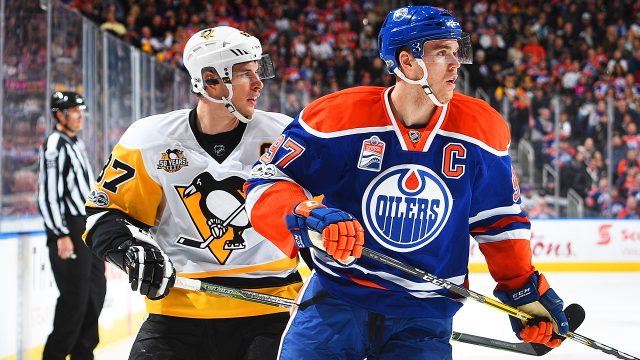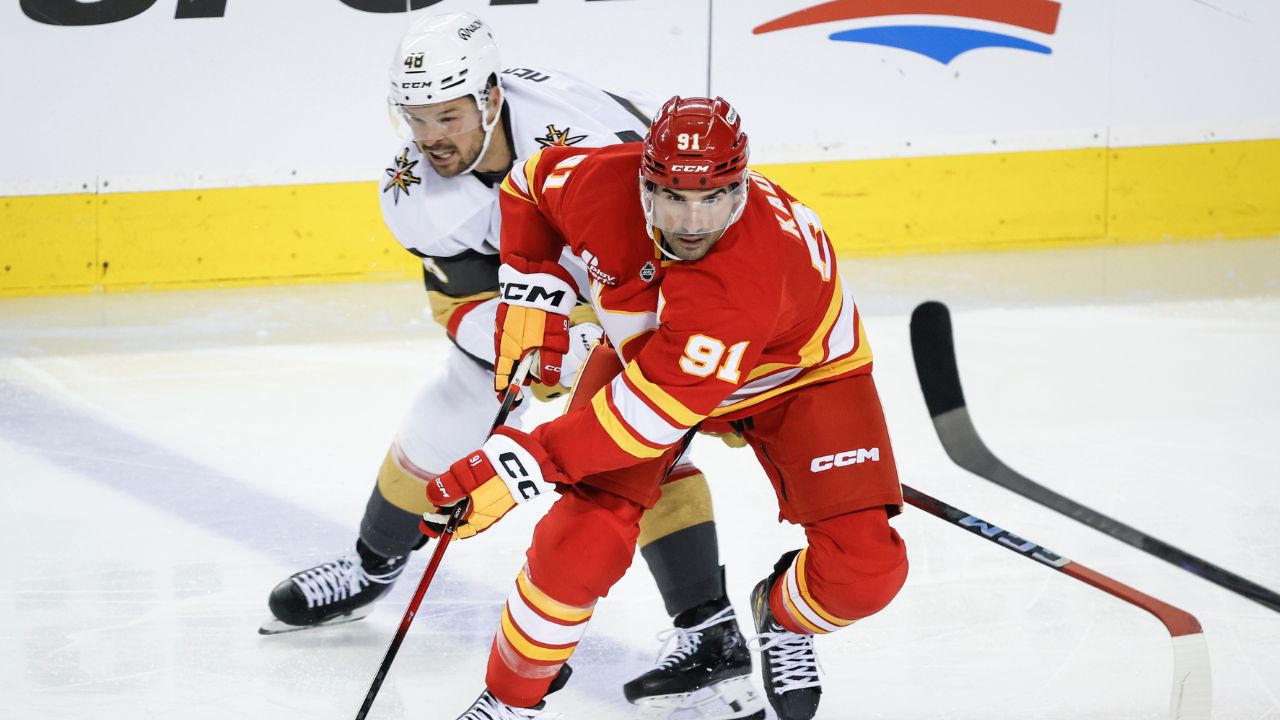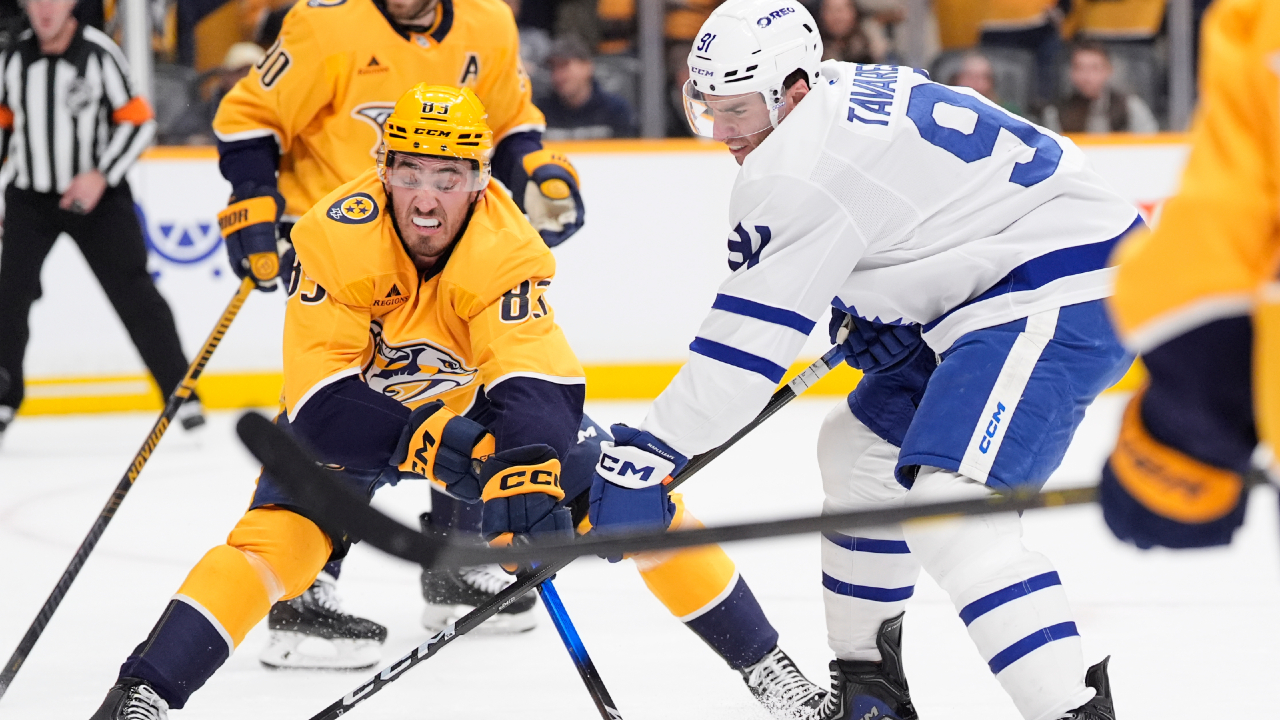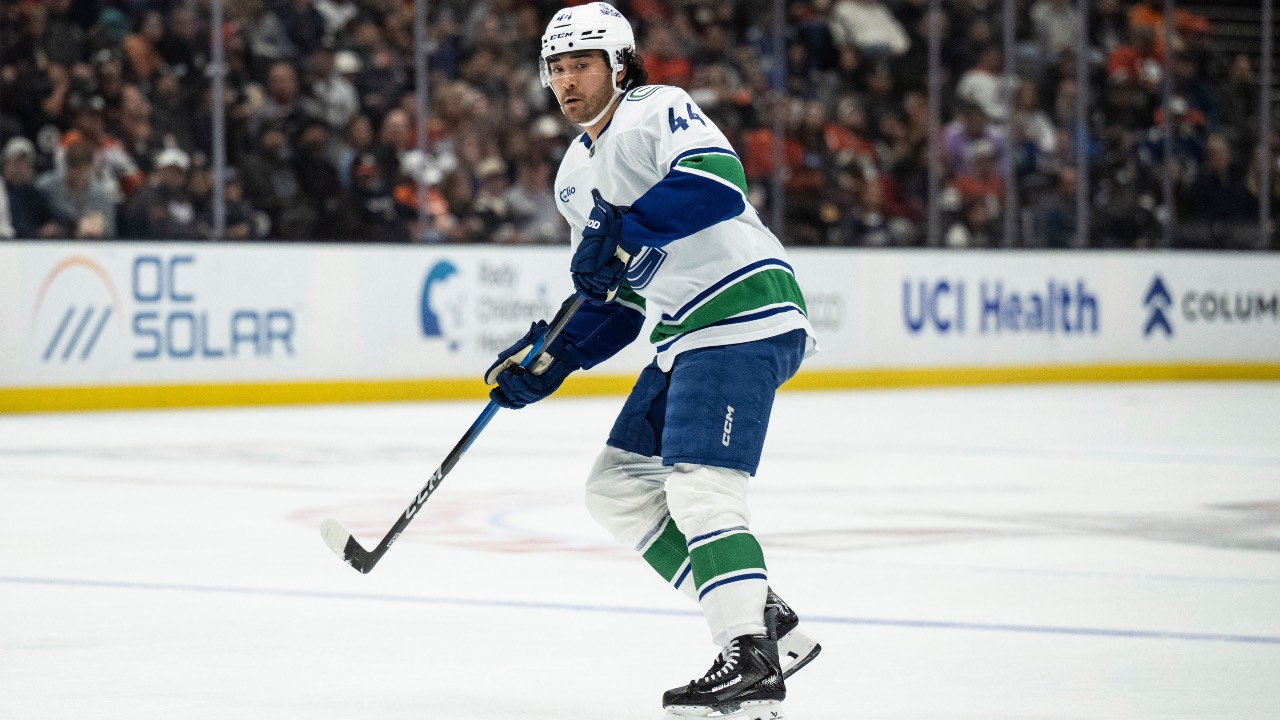
Toronto Marlies coach Greg Moore time-travels back to his own AHL playing career, his own wars with patience.
That constant, nagging, internal voice, chirping season to season or, worse, game to game: “Is the opportunity gonna come? Is the opportunity gonna come? When’s it gonna happen?”
In this way, Moore — whose pinnacle was a 10-game cup of NHL coffee, a reward for 377 AHL appearances — can relate to his most NHL-ready pupil, Timothy Liljegren.
Viewed as a late-first-round steal in 2017, the 21-year-old Liljegren has spent three full seasons on the farm. He’s battled though injuries, training-camp cuts and coaching changes.
He’s been forced to adapt to small ice and an emphasis on the not-so-fun defensive arts of the position.
He’s watched a good friend drafted after him, fellow Swede Rasmus Sandin, surpass him on the depth chart, and seen the organization import help from overseas (most recently, Mikko Lehtonen) as he strives to break through.
Yet the main reason Liljegren — that rare right shot in an organization with a hard lefty bent — got called up for an 11-game NHL look this season was out of necessity, to band-aid the rash of injuries.
Even with righties Tyson Barrie and Cody Ceci unlikely to be re-signed in free agency this off-season, general manager Kyle Dubas will explore adding a right shot via trade or free agency and could well place another hurdle in Liljegren’s way.
“The mental part is a huge part of hockey,” Liljegren said. “Confidence has a lot to do with whether you make the team or not.”
So, it should serve as a mental boost for “Lily Pad” to hear this double endorsement from the Marlies upon the AHL’s early conclusion. They think he’s prepared to make the jump, for good.
“I believe Timothy Liljegren is ready to become an NHL player, whatever level that’s going to be. I will be surprised if he doesn’t play in the top seven or eight with the Toronto Maple Leafs next year — but he’s gotta hold up his end of the bargain,” Marlies GM Laurence Gilman said Monday afternoon.
“I’m very fond of Timothy Liljegren, both as a person and as a hockey player. I really felt his game took a tremendous step this season. He obviously has good puck skills, he transports the puck very well, he skates very well, he has a good shot… but the greatest impact was how he processed the game. How he thought it. His decision-making.”
Despite a 2019 training camp that was disappointing by his own measure, Liljegren’s entry-level cap hit allowed him to make the big roster on a financial technicality. Again, his manageable $863,333 salary (through 2021-22) and stick curve should work to his advantage. Hey, ask Justin Holl: Patience can pay off.
“Probably one of [Liljegren’s] best attributes is just how calm, cool and collected he is as a person and a human being, which allows him to have the patience that he’s had through the process,” Moore explains. “There hasn’t been a lot of ups and downs with him emotionally, which allows him to just stay the course, do his job, focus on getting one per cent better within than that moment.”
In his brief big-league trial, Liljegren was sparingly used (10:18 average ice time) in sheltered minutes. He was a minus-5 who played most of his time in his own end (44.2 CF%), but just getting those next-level shifts did wonders for his mojo.
“Gaining that experience up top, you could tell when he came back to us,” Moore says. “Anytime you can speed up your development in the sense of getting a feel for a faster, stronger pace of play, when you go back a step, everything can be slowed down and a little easier, and the reads you’re able to make are quicker and sharper. So there’s a lot of good things for him to take from the season.”
With 30 points in 40 games for the Marlies, Liljegren doubled his 2018-19 production, earning the trust of Sheldon Keefe and then Moore in all situations. Certainly, he’ll be on call as a reserve for the Maple Leafs if or when the NHL playoffs begin.
“He’s done a great job educating himself with the resources and people around him and asking the right questions. I think he understands what it takes,” Moore says.
“I’m sure he knows he’s right on the tip of things happening for him full-time at that level. Within this pandemic, the pause and where we’re at in hockey right now, maybe he’s going to have to be more patient, but I think he’s up for it.”
One-Timers
• Gilman wouldn’t put an exact number on it, but a handful or two of the Marlies have been informed they are on standby and should be prepared to practice and play as black aces as soon as the Maple Leafs’ season resumes.
• Marlies not on the taxi squad have already conducted their exit interviews. Prospect Jeremy Bracco, the Marlies’ leading scorer in 2018-19, is among those who have had an exit interview.
• While the return of the gate-driven American Hockey League is causing serious financial concern in some markets, Gilman did note this: “The Marlies are an economically viable operation in their own right.”
• Goalie prospect Joseph Woll had a tough stat line in his first pro season: 11-16-3, .880 save percentage. But the organization remains high on the 21-year-old, reminding Woll that goaltending is the one position that takes the longest to develop, longest to reach the NHL, but then your career can last longer than an average player. “We think we have a very good, young, up-and-coming goaltender in Joe Woll,” Gilman said.
The Marlies are also pleased with Kasimir Kaskisuo (UFA) and are hopeful Ian Scott can bounce back from hip surgery. “We’re happy with what we have in the pipeline, but like any franchise,” Gilman said, “you can never have enough goaltending — like pitching in baseball.”
• Despite being mired in an extra-long off-season, Moore has been trying to engage the Marlies via video review and individualized workout regimes. “Their days are very mundane and the same day-to-day not being able to leave their home, so I’m trying to continue to build those relationships, which are very important, and continue to get them thinking hockey,” Moore said.





